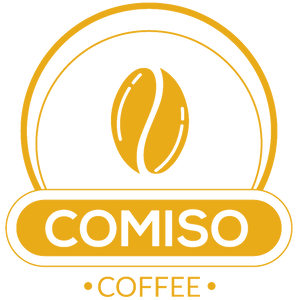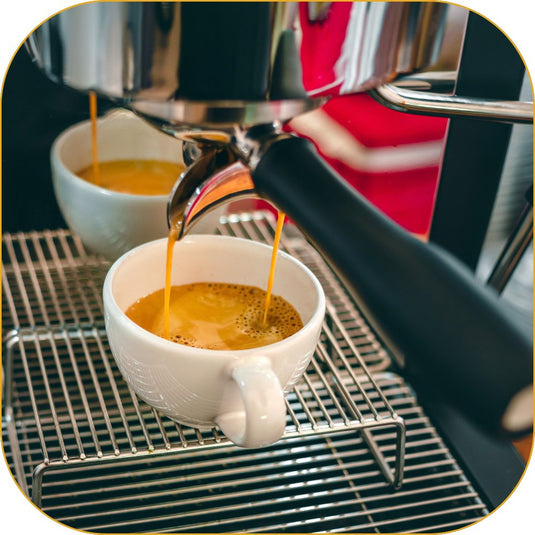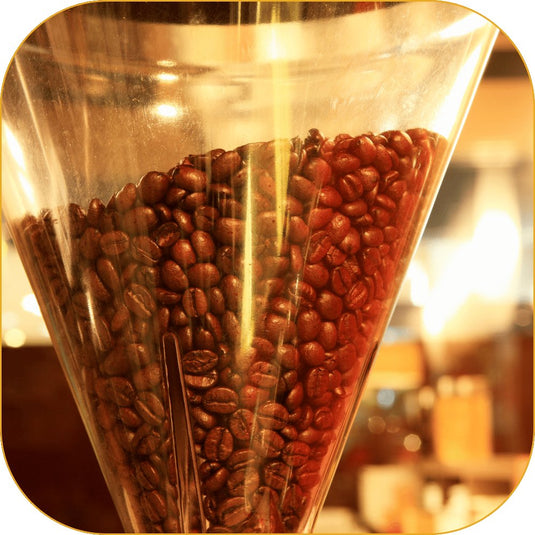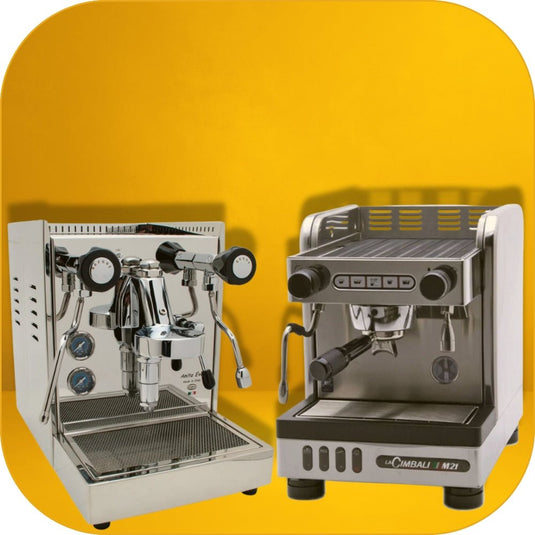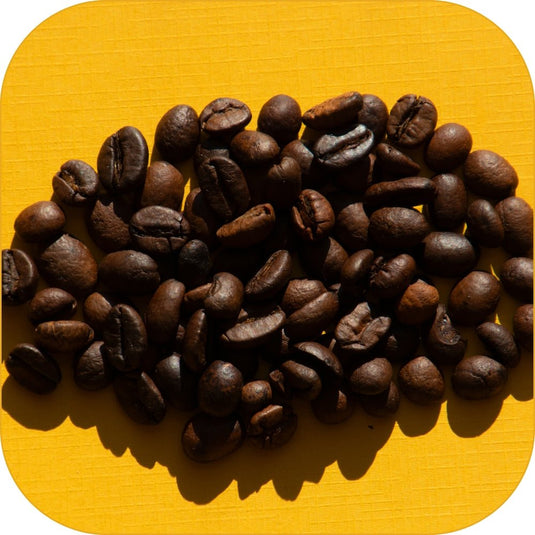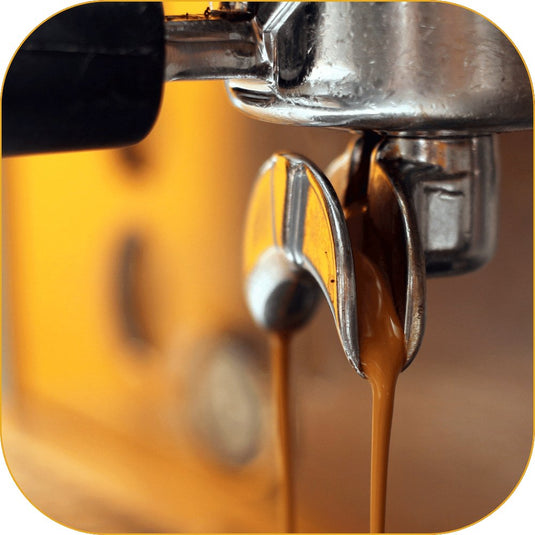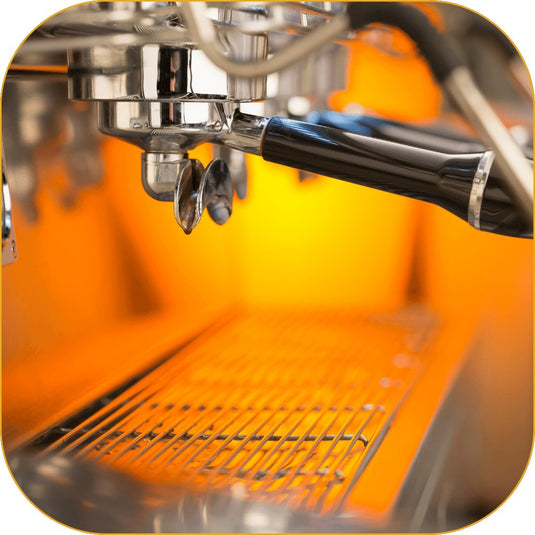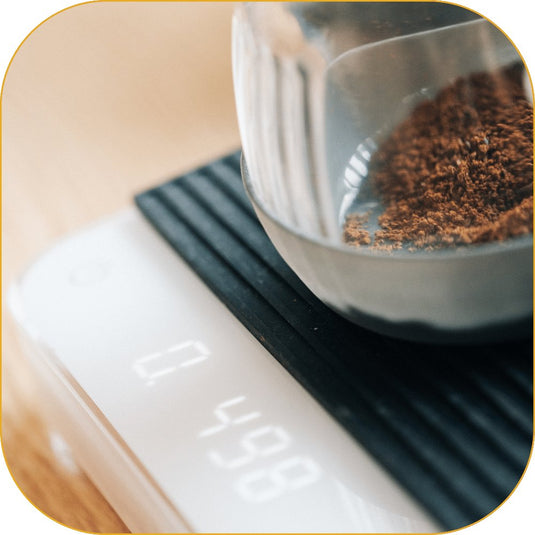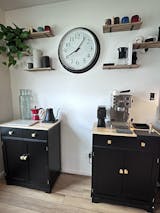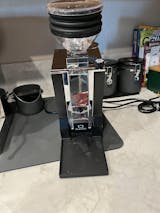What Type of Espresso Machine is Right For You?
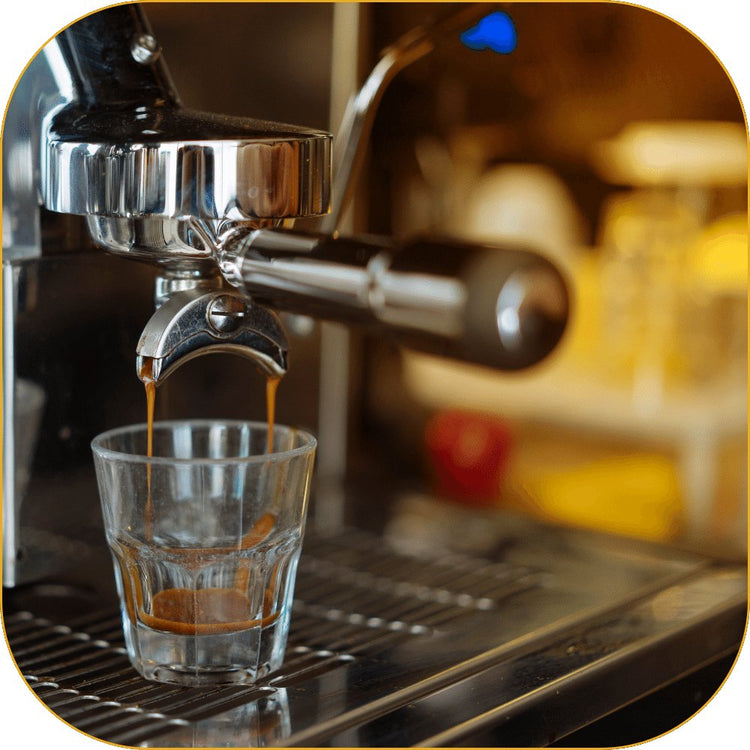
For us coffee lovers, it can be hard sometimes to tell which type of machine is better for us. And because of the rapid advances in technology recently, it has become even more difficult to tell them apart, or to know what kind of features we can expect depending on the type.
To make it easier for you, we’ve prepared this article, which is a guide for you to know what you can expect depending on what type of machine you’re shopping for. There are three main types of espresso machines: manual, semi-automatic and super automatic. Let’s see what they are all about.You might not know this, but one of the first types of espresso maker; Back in the 19th century, was this one. A big container for water was installed along with a lever/piston; Once the water was hot enough, the barista would simply press down on the lever and that would be it.
Manual Espresso Machines
It was a simple concept that ended dying down because of the popularity of espresso: there just weren’t enough hands around to manually extract every single espresso. That’s different today, though, as manual espresso machines are increasingly popular for home use.
The main advantage of manual espresso machines is that they bypass all the machinery that is required to add pressure to the water, which is about half of any espresso maker. You’re left with a small machine that can make a great, delicious espresso. Manual pressure is equal and sometimes even greater than what machines generate, so don’t worry about that.
Manual espresso machines are amazing in their own right, but they’re also quite simple. Don’t expect any extraordinary features! You’re lucky enough to have a steam wand.
Pros
- Small size
- Portable
- Easy to use
Cons
- Not good for making a lot of coffee
- Not a lot of features
A quick clarification for manual espresso machines and manual espresso makers. Manual espresso machines consist of a boiler which uses electricity to heat up water; they are an actual machine. Espresso makers, however, don’t have boilers. They are usually much smaller.
Semi-Automatic Espresso Machines
These are, by far, the most popular type. The popularity of espresso is closely tied to semi-automatic espresso machines, when back in the 1960s these machines started to be seen all around the world.
Because semi-automatic machines were able to do a lot of the work for the barista, it was more viable to serve enough coffee for a whole coffee shop with just one of these beauties. They are fast, they are powerful, and they can have anywhere from two to four coffee spouts. If every spout can make two separate shots at once, that’s a maximum of eight coffees at once.
The main difference between manual and semi-automatic is the source of the water pressure. In manual coffee makers you must do this yourself, while semi-automatics do it for you with the push of a button. In recent times, though, the difference has become more pronounced.
Nowadays semi-automatic machines offer lots of different features like temperature control, built-in grinders, and neat little touch screens.
Pros
- Less work
- More coffee output
- More features
Cons
- Chunky, heavy
- Pricier
Super-Automatic Espresso Machines
Now we arrive at the actual future. Super-automatic espresso machines are several levels above semi-automatic ones and are also several times more powerful.
While semi-automatic machines require you to do some work like grinding the beans, pouring them in the portafilter, tamping, and so on, super-automatic machines do all of this work by themselves. They even froth and pour the milk by themselves!
In terms of features, super-automatic machines are always packed with incredible features. Built-in grinders of high quality are a given, and usually come in doubles.
One other particular thing about super-automatic espresso machines is that they have many options for you to choose from- you don’t have to work the machine differently to make a different order. Simple push a button and get the drink you want- whether that’s a ristretto, a cappuccino, or even an Americano. A super-automatic machine will provide water, milk, foam, or whatever you drink of choice requires.
Pros
- Incredibly easy to use
- Loaded with features
- High quality coffee
Cons
- Not a lot of room for experimenting
- Expensive
Of course, we don’t believe there is a better or a worse type. It all comes down to what your particular need and context is. The ideal machine for someone might be the worst possible kind for someone else!
Which is why it’s good to take the time to read articles like these. Carefully think about what each of these machines brings to the table and then you can make a more informed decision as to what type of machine is the best one for you.
